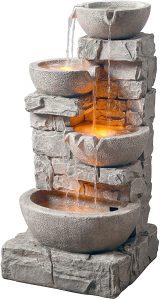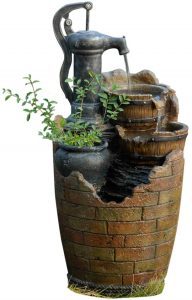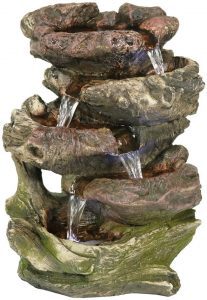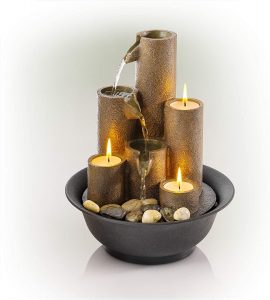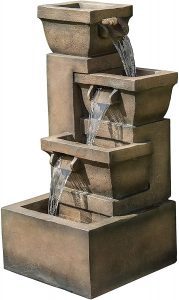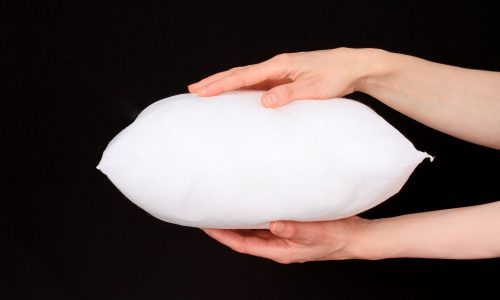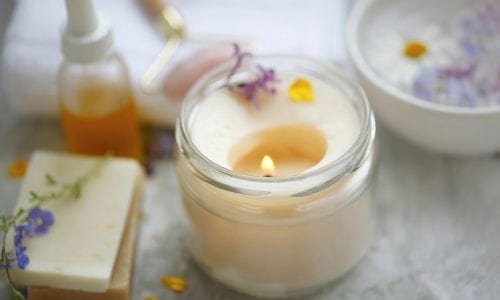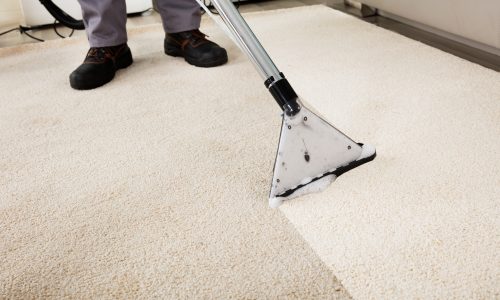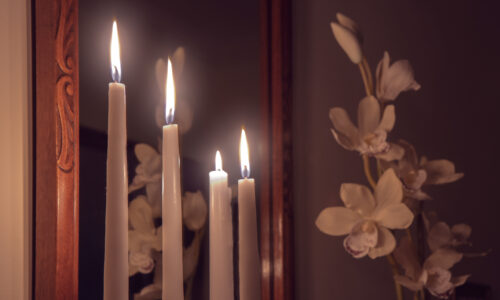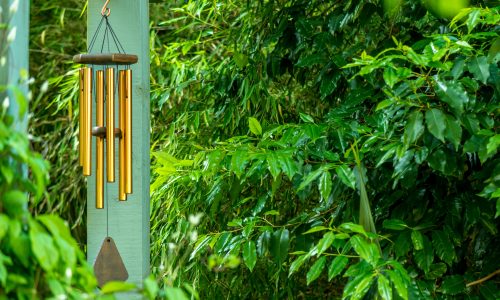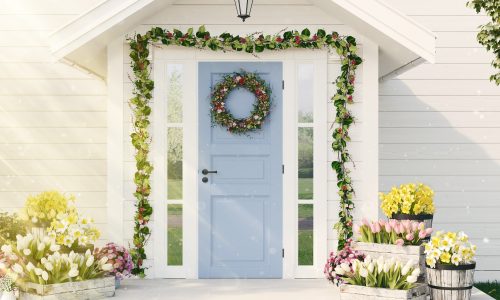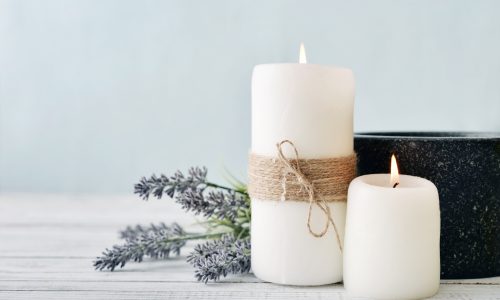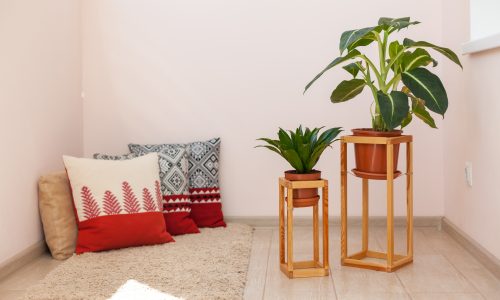The Best Water Fountain
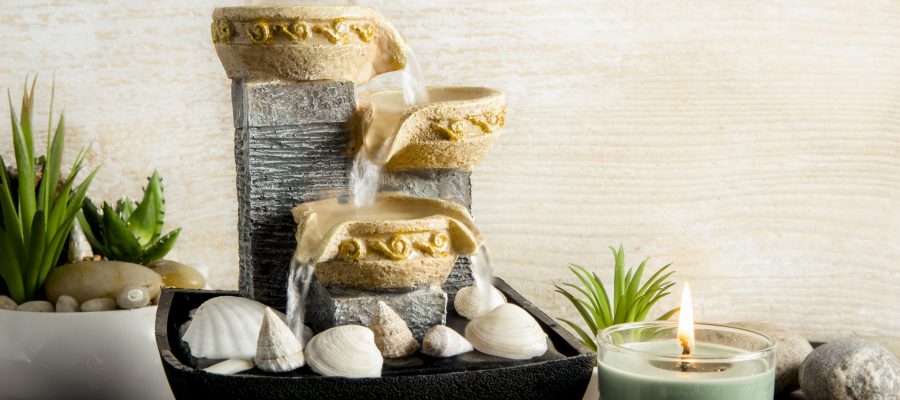
Our Review Process
Don't Waste Your Money is focused on helping you make the best purchasing decision. Our team of experts spends hundreds of hours analyzing, testing, and researching products so you don't have to. Learn more.
Our Picks For The Top Water Fountains
This classic water fountain looks like stone but is made from resin. It is highly durable and weatherproof, with LED lights for illumination. The four-tiered fountain with bowls on each level comes with a pump and all necessary parts.
Classic Stone LookThis lighted rock waterfall fountain is made from resin and looks like natural stone.
This rustic water fountain has the appearance of an old water pump. It is made from durable polyresin and fiberglass. The electric-powered item comes with a pump and a small planter so you can add greenery.
Rustic AppealThis small, attractive cascading water fountain looks just like an old water pump.
This fountain is easy to set up; no special plumbing is required. It comes with foot pads to protect table surfaces and LED lighting to illuminate the water. It's perfect for indoor spaces such as bedrooms or offices.
Easy SetupNo plumbing is required to operate this soothing tabletop fountain that's perfect indoors.
Set this water fountain indoors on a table top — it just needs to be plugged in to work. The fountain also features pillars that hold tealights, making it ideal for adding atmosphere and a cozy feel to any room in the house.
For Indoor UseThis small fountain includes three candle pillars and is perfect for a cozy indoor space.
Buying Guide
If you want to elevate your outdoor space, one of the best ways to do that is with a water fountain. It can take a drab backyard and transform it into a garden oasis. Water fountains can make beautiful centerpieces for any style of outdoor design.
You can choose from many different varieties of water fountains. One popular style is the rock waterfall fountain, which features water that cascades down different natural-looking rock levels. The rushing water creates a soothing waterfall-like sound.
Another type is the garden fountain, which comes in many different shapes and sizes. Garden fountains may be decorated with a variety of elements such as buckets, urns, rocks, pots, wells and animal figurines.
A birdbath fountain, as the name suggests, includes a basin with bubbling water designed to attract many species of birds.
One unique style is the disappearing water fountain. The water looks as if it disappears as it falls to the ground, but the stream is in fact directed into a hidden underground basin.
The style of water fountain is an important element to consider, but you’ll also want to consider the material from which the fountain is made. The fountain’s construction affects its weight, durability, longevity, texture and appearance.
Cast stone is a highly durable option that is made from cement and aggregates. It has a smooth texture that resembles natural stone. You can add pigments to the cement mix to change the color of the base. Glass fiber-reinforced concrete is another option that is durable and strong. You may also wish to consider polystone, which mimics the look of other materials such as rock, wood or ceramic. Polystone is highly affordable.
If weight is a concern, fiberglass may be a better choice. It is light and easy to manage and assemble. However, a problem with light water fountains is that they can be knocked over by strong winds. Many people choose stainless steel because it is light and durable and doesn’t rust or discolor. Another option is granite or natural stone, which is stunning but can be costly.
What to Look For
- Where you place the fountain is almost as important as the kind of fountain you have. It’s important to choose the location carefully to ensure that it will be the centerpiece of the garden. Consider angles and lighting, along with where your seating areas are. You may want to be able to hear the sound of running water without getting splashed.
- Outdoor water fountains need to be cleaned every two or three months. Be sure to completely drain the water and remove any dry leaves, sticks and other debris from the surface of the fountain. Check hoses, filters and pumps to make sure there is no debris clogging them up. Wipe down the fountain with a rag. You can use certain cleaning products such as those that remove algae or water stains if you need to. Avoid using harsh chemicals, as they are dangerous for animals, including bugs and birds.
- If you live in a harsh winter climate that gets snow or ice, you will need to winterize your water fountain. Otherwise, the freezing water can cause damage to the hoses and pump of the fountain. If the fountain is easy to move, you should bring it into a garage or shed. If you cannot move it, it’s best to drain all the water out of the fountain and disconnect the hoses and pumps. Cover the fountain with a burlap bag to protect it from the harsh weather.
More to Explore
Water fountains have been used for thousands of years; however, they have evolved considerably since the first iteration. One of the earliest known water fountains is believed to be from 2,000 B.C.E. It is a carved stone basin that held water for drinking and religious ceremonies. Early water fountains used gravity to control how the water flowed and were primarily used to supply drinking water to communities. The ancient Romans used decorative water fountains by 6 B.C.E. These often featured stunning carvings of animals or mythological heroes.
Fountains became rarer in the Middle Ages, but in Renaissance times they became larger, grander, and more complex. By the 1900s, when indoor plumping was accessible, they were used mostly for decorative purposes. At this time, people started using mechanical and electrical pumps to control water flow.

